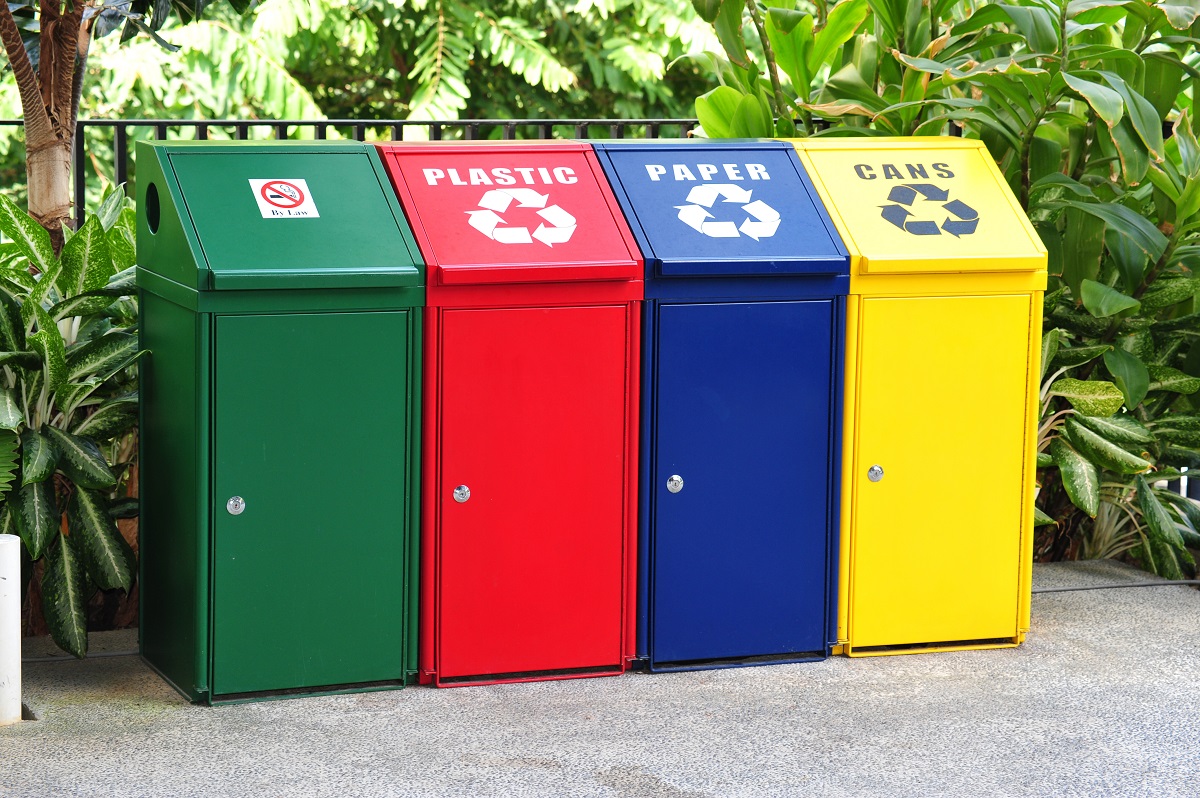- Identify and separate recyclable materials from non-recyclables for more efficient recycling.
- Clean items before placing them in recycle bins or taking them to a recycling center.
- Learn about local programs and facilities that collect recyclable materials.
- Reuse materials to extend their useful life and reduce waste entering landfills or incinerators.
- Follow these steps to start a sustainable recycling routine at home.
Climate change is an environmental crisis that humanity must confront together if people are to protect the planet and ensure its future stability. To slow the effects of climate change, individuals and communities must take action and reduce their carbon footprint. Recycling is one simple step people can take at home to contribute to the fight against climate change.
Recycling helps to reduce the amount of greenhouse gases released into the atmosphere by diverting waste from landfills and incinerators. This prevents the decomposition of organic materials, which releases methane – a potent greenhouse gas – into the atmosphere. In addition, recycling eliminates the need for additional raw materials to be extracted from the planet’s natural resources, thus reducing energy consumption and air pollution associated with manufacturing processes.
However, you might not know what to do regarding recycling. Here are some steps to help you get started:
Identify the Wastes

Identifying the types of waste you produce when disposing of items is necessary to determine which materials can be recycled. Separating recyclable materials from non-recyclables makes participating in recycling programs easier or finding a local recycling center that takes specific materials. To start the process of identifying wastes, consider these categories:
Paper Products
Paper products such as magazines, newspapers, cardboard boxes, and packaging can all be recycled into new paper products. Remove any plastic wrap or tape before recycling papers to ensure they are adequately separated.
Plastic Products
Plastic bottles and containers are widely accepted in most curbside recycling programs and other plastic items such as bags, wrappers, and packaging. When disposing of more oversized plastic items like furniture and toys, check with your local recycling center for more information on how to dispose of them responsibly.
Glass Products
Glass jars and bottles should be washed before being placed into curbside collection bins or taken to a nearby recycling facility. Many glass items can be reused multiple times if appropriately cleaned, so identify any potential glass waste before throwing them away!
Metal Products
Aluminum cans, tin cans, and other metal items can all be recycled once sorted by type. Make sure to rinse any food residue from cans before putting them into a recycle bin or taking them to a recycling center – this ensures that the metals will be cleanly separated for reuse!
Various Products
There are many other household items you might not know are recyclable. Used cooking oil and grease can be collected by professional yellow grease collection companies for use as biodiesel fuel. You can even benefit from selling them to profit from your recycling efforts. Meanwhile, old electronics are often accepted by local e-waste recycling centers. Consider looking into local recycling services to determine which items you can recycle.
Create Recycling Routines
Once you have identified the materials that can be recycled in your home, you must create recycling routines to ensure you can properly and regularly recycle. Recycling routines will help you develop habits that make remembering and following through with your recycling endeavors easier.
To create a recycling routine, start by sorting all your waste materials into different bins. Having separate compartments for each type of material prevents cross-contamination and makes it easier to accurately sort the waste when taking it out for recycling or disposal.
Additionally, ensure all recyclable items are clean before being placed in the appropriate bin. Depending on the type of material, this may include rinsing off food residue from cans or removing any plastic wrap or tape from paper items. It is also essential to store the bins in a convenient place so they can easily be accessed when the time comes for disposal or collection.
Another step towards creating an efficient recycling routine is finding a local program or facility that recycles your collected materials at home. Check with your local municipality to find out what curbside programs they offer.
Learn How to Reuse

Reusing is another excellent way to reduce waste and recycle items in your home. Reusing materials help prevent them from entering landfills or incinerators while extending their useful life.
To begin reusing objects, start with items that are still functional but no longer needed in your household. These could include old furniture or clothing, which can be donated or sold secondhand to avoid them ending up as waste. You can also look for creative ways to reuse certain items, such as repurposing an empty jar into a planter or turning cardboard boxes into organizers.
Final Thoughts
Reducing your carbon footprint and taking action against climate change is essential. Recycling can be a simple and effective step in reducing waste and preserving the planet’s natural resources. Make sure to follow these steps when starting your recycling routine at home—identifying wastes, creating recycling routines, and learning how to reuse—to ensure you are taking the proper measures toward becoming more sustainable. With this knowledge, there is no excuse not to start making eco-friendly decisions today!

